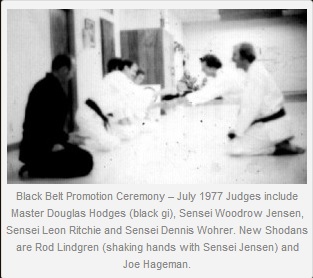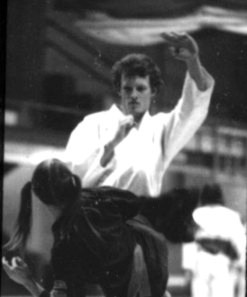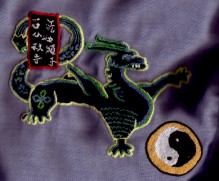“Harmony of Principle, Integrity in Purpose and Mutual Benefit”
History
During World War II Shimabuku Tatsuo‘s reputation as a Master of Okinawa-te caused the Japanese occupation forces to take him into custody and force him to teach. It was during this period that he formulated the methods which later came to be known as Is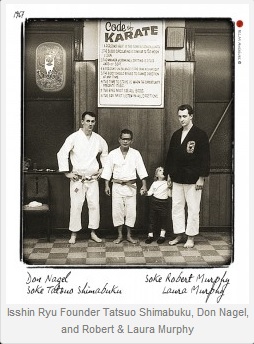 shinryu.
shinryu.
He decided to combine certain aspects of the various systems which he found most practical for his own use and discarded those which were not suited to his physical structure and concepts of combat. He chose certain forms of the Goju system, but the basis in both form and performance is the Kobayashi Shorin system. He also incorporated the most advanced Bojutsu systems, which he studied under Masters Taira Shinken and Yabiku Moden. The outstanding feature of his system was the exclusive use of the short vertical fist punch and the rapid delivery of technique in combination.
In 1957, Master Don Nagle, a student of Master Shimabuku began teaching Isshinryu Karate in the U.S. Of his original students, four of his most promising went on to spread the system in the East and Mid-West: James Chapman, Richard Niemira, Robert Murphy, and Gary Alexander.
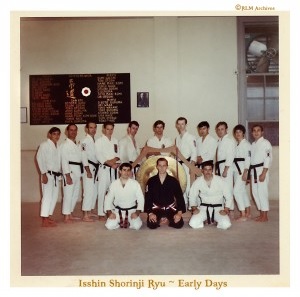 Soke Murphy began his study of the Martial Arts, with JuJutsu and Judo, as a member of the Marine Corp in 1954. His interest in the Martial Arts led him to seek a greater understanding of the principles and philosophies through the study of various arts and systems; Tang Soo Do, Hung Shaolin Gung-fu, Bak Hak Pai Chuan-fa, Shorinjiryu, Aikijutsu and several Robujutsu Systems.
Soke Murphy began his study of the Martial Arts, with JuJutsu and Judo, as a member of the Marine Corp in 1954. His interest in the Martial Arts led him to seek a greater understanding of the principles and philosophies through the study of various arts and systems; Tang Soo Do, Hung Shaolin Gung-fu, Bak Hak Pai Chuan-fa, Shorinjiryu, Aikijutsu and several Robujutsu Systems.
In 1965, he was awarded Fourth Dan, and in 1967 Fifth Dan by Master Nagle. In 1969 Master Shimabuku awarded him Masters certification in Isshinryu Karate and Kobujutsu Arts. In 1962 he resigned as director of the Isshando Karate Assn. to open his own training halls, the Academies of Martial Arts in North Bergen, Weehawken, and Hoboken, N. J.
Soke Murphy became Headmaster of the International Institute of Judo and Karate in 1965 and held that post until 1970. He also joined the faculty of the College of Saint Elizabeth and Fairleigh Dickinson University and established two of the largest karate groups in the U.S. In these and in Middlesex County College Karate has become an accredited course of study.
Since Soke Murphy organized Karate International in 1965, institutions throughout the state have recognized the value of Martial Arts training and have accepted programs under his supervision. At St. Joseph’s High School in Metuchen, N.J. for the first time in the U.S. varsity and junior varsity letters were presented to students participating in Karate training. The Coaches’ and Outstanding Athlete Awards were also given to members of the club.
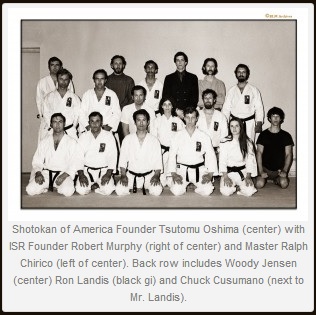 Karate International Inc. was organized for the purpose of training professional instructors, standardizing training and sport competition methods and expanding teaching capabilities to encompass all Asian studies and to accommodate educational, recreational and business establishments, thereby benefiting all levels of society.
Karate International Inc. was organized for the purpose of training professional instructors, standardizing training and sport competition methods and expanding teaching capabilities to encompass all Asian studies and to accommodate educational, recreational and business establishments, thereby benefiting all levels of society.
Soke Murphy established his main training hall in Parsippany, N.J. in 1970. The largest facility of its kind on the East coast, and entirely designed and built by his students. In 1968, based on the evaluation of his various studies, Soke Murphy founded the system of Isshin-Shorinjiryu Okinawa te. This is a discipline based on the consolidation of various bodies of knowledge about the Asian Arts and is recognized as one of the more fully developed methods of teaching allowing student to fully assimilate the broadened scope of knowledge and techniques of various styles.
After the formulation of the Isshin-Shorinji system, Masters James Chapman and Ralph Chirico of the Isshinryu system found Soke Murphy’s concepts of training and philosophy be more in keeping with the true goals of the ancient Masters and joined with him and Master Leo Weber in spreading these concepts.
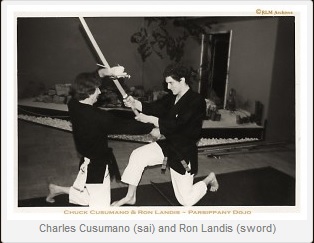 Master Chapman was a close friend and associate of Soke Murphy from early training days. He also assisted in the formation of the Academies of Martial Arts and the Society of B1ack Belts of America. Master Chapman opened an Academy branch in Aurora, Illinois in 1963 and sponsored both the Illinois State championships and the Tri-State Tournament. Master Chapman lost his life in an auto accident in the spring of 1971, a blow to the Karate world.
Master Chapman was a close friend and associate of Soke Murphy from early training days. He also assisted in the formation of the Academies of Martial Arts and the Society of B1ack Belts of America. Master Chapman opened an Academy branch in Aurora, Illinois in 1963 and sponsored both the Illinois State championships and the Tri-State Tournament. Master Chapman lost his life in an auto accident in the spring of 1971, a blow to the Karate world.
In 1965 Masters Chirico and Murphy met while training with Master Shimabuku. In 1967 Master Chirico, well known for his tournament participation and fair judging, converted to Isshin-Shorinji, and became a staff instructor of Karate International in 1970 and Regional Supervisor in 1971.
Master Weber was a student of JuJutsu until he met Soke Murphy in 1961. From that day on an unwavering friendship developed. Credit for the realization of many of the hopes of Soke Murphy can be given to him, as he laid the foundation for the development of Karate International Inc., and became its first Vice President.
Sensei Steven Haiser writes, “I have been a student of Shihan Chirico since 1981.I started at age 13 and received my Shodan on 11/20/1986. For 6 years we taught along with Sensei Charles Brown (8th Dan and a direct of Shihan Chirico) at Rutgers University where we taught in excess of 1000 students over the years.
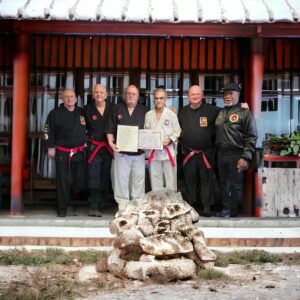
April 8 2024
Shihan Robert Hedesh writes:
This past weekend, I organized a benefit tournament for Alick Smith, a long time friend and karateka from Pa who was seriously hurt in a work related accident. It raised substantial funds to aide with his medical bills. After the tournament, unbeknownst to me, Master Frank Mastroianni 10th Dan in Isshin Shorinji Ryu saw fit to promote me to Kudan. The promotion certificate was also signed by all 9th dans of Isshin Shorinji Ryu nationally as well as Master Dan Nash and Master Ralph Passero from the Don Nagle American Okinawan Karate Association. Master Marvin Carmona from American Isshinryu, Isshin Shorinji Ryu black belts from around the country as well as many high ranking Black Belts from Isshinryu, Shorinryu, Goju, Shotakan and other systems were in attendance. I was humbled by the experience and grateful for the respect shown.
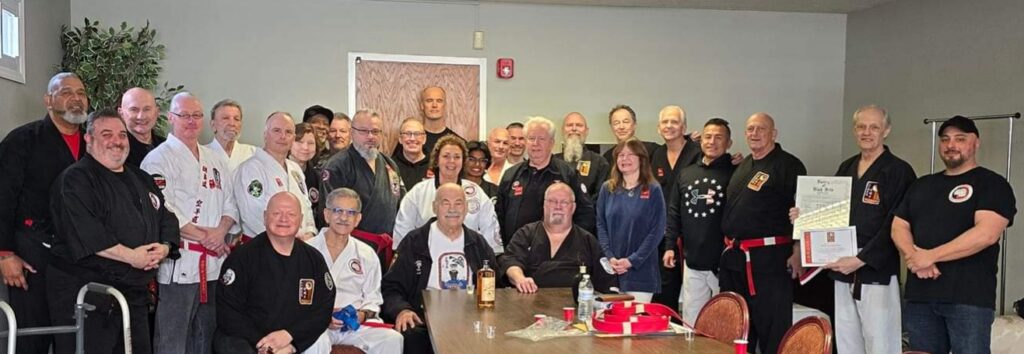
Wyoming
In 1973, Sensei Jensen moved from New Jersey to attend graduate school at the University of Wyoming. A karate club named Okinawa-te was started in January 1974. In 1971, an attempt was made to re-establish ties with Soke Murphy and the Isshin Shorinji Ryu system, but failed. The ties with Isshin Shorinji were dissolved as a result.
In pursuing their separate professional careers, only partial success was achieved in development of Okinawa-te. Career opportunities resulted in the separation of Soke Murphy and Sensei Jensen. Sensei Jensen had published the following articles: “How to Start a Karate Club on Campus,” Black Belt Magazine, April 1977: “What to Expect If You Take a Karate Course in College,” Black Belt Magazine, April 1977; “Retention of New Students: A Formula For a Beginner’s Program,” Karate Illustrated, July 1977. (click here to see these articles)
In January of 1979, Sensei Jensen left the University for employment in Rapid City, South Dakota. Administration and instruction of the Okinawa-te club was turned over to Sensei Rod Lindgren. In June 1980, Sensei Lindgren left for Nevada. Sensei Joe Hageman, one of Sensei Jensen’s original students from 1974, took the reins in the Fall of 1980 and spent nine years in control of the organization. Sensei Hageman writes, “…my beginning program was offered as an accredited class (at UW). I was initially a bit overwhelmed. If it wasn’t for the help of some of my advanced students, I would not have been able to be successful with that. UW would not put a reasonable limit on new be “I had 50 new beginners in each of two morning sessions each semester in addition to my evening classes. They were always surprised when my 1st day address included that if they were going to be lazy and not work in a dedicated fashion in practicing outside of the class, they should just drop right away and let me teach to those who wanted to learn something from themselves instead of what I demonstrated. Perhaps I was a bit more blunt than would be possible in a more commercial setting but it did work (and) allowed me to keep those who really applied themselves. Soke Murphy passed away in February of 2007. Sensei Jensen is a semi-retired school administrator in South Dakota. His current passion is SCCA Racing. Sensei Hageman is practicing law in Laramie. Sensei Lindgren is retired from Sycuan Casino. in El Cajon, CA now living in Katy, Texas, close to his first and only grandson. On April 6,2024, after the Chirico Memprial Tournament in Carteret, NJ, Rod Lindgren received a double promotion from 2 branches of the ISR tree, to the rank of 4th Degree, Yondan. The Chirico branch was represented by Grandmaster Frank Mastroiani and Dr. Kevin Holton. The Heriaud branch was represented by Master Scott Francis. 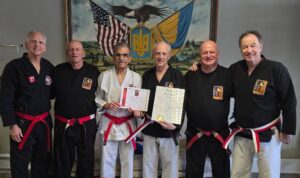
|
Illinois
Shihan Carl Gruber (Gruberskarate.com) writes:
After Shihan Chirico passing away, Sensei Dr. Kevin Holton, had contacted Carl Gruber while he is living in IL to inform about a new school is opening up in NJ. Even though Carl Gruber was in IL, he had recruited a couple of students to attend during their zoom classes. Sensei Dr. Holton, reconnected with me and mentioned now it is time for me to open up my own school in IL and keep Shihan Chirico’s teachings and traditions alive that he had taught us. Thanks to my preschool teacher, who called my mother up and recommended me to start taken karate lessons under Shihan Chirico. My mother thought she was insane and responded do you know that he demands so much. My preschool teacher responded yes she does know and it is the best thing for Carl. Because of his speech impediment, he was delayed with talking and Shihan Chirico helped Carl before and after class to get him to communicate and realize that he could do things just as well as others even with a disability.
Today, Sensei Carl Gruber’s class is filled with students with ADHD, and if they aren’t diagnosed with ADHD but lack on focus, as well as teaching an autistic student in my Gurnee location. In 2023, Sensei Carl Gruber received a phone call from Lindenhurst Park District to take over the karate classes on Thursday evenings. His main purpose is to have the best students, as well as guide them by refocusing on what we are currently doing in class and use that in their everyday activity as Shihan Chirico has done with each and one of his students and black belts.
Sensei David Carr (Quiet Dragons) writes:
The original school in Illinois existed continuously since 1963 up until 2007 when the Aurora YMCA closed its doors.
Branch schools overlap this period and include Jack Walleck in Plano, Shihan Scott Francis in Sandwich – Dojo Dynamics Herkle Brown in Aurora and my classes at the Fox Valley PD. Some of these schools continue today (see Active Dojos),
Arizona

Shihan Charles Hunnicutt opened his dojo, Sei Shin Kam, in Tucson, Arizona on May 3rd, 2003
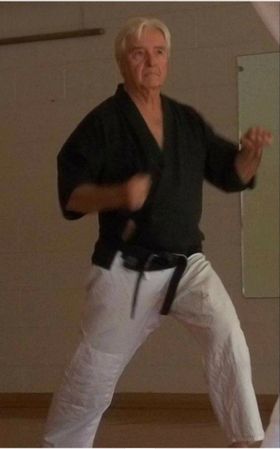
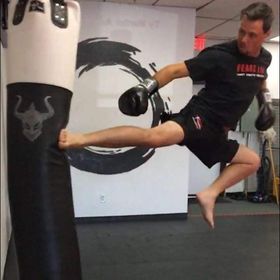
Sensei Robert Jeckel opened his dojo in Peoria, Arizona. He later turned the dojo over to his son, Sensei Stephen Jeckel.
 |  |  |

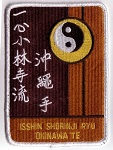

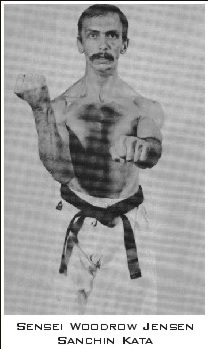 Sensei Jensen took the old Isshin Shorinji Ryu grade requirements and modified them slightly. This became the basis for Okinawa-te as it was taught at the University of Wyoming from 1773-78. During the years 1977-78, a partnership between Sensei Jensen and Douglas D. Hodges was initiated. It was an attempt to strengthen Okinawa-te by establishing ties with the national organization of Karate Institute and to draw upon Sensei Hodges’ skill and expertise in Judo, combat strategy and competitive karate.
Sensei Jensen took the old Isshin Shorinji Ryu grade requirements and modified them slightly. This became the basis for Okinawa-te as it was taught at the University of Wyoming from 1773-78. During the years 1977-78, a partnership between Sensei Jensen and Douglas D. Hodges was initiated. It was an attempt to strengthen Okinawa-te by establishing ties with the national organization of Karate Institute and to draw upon Sensei Hodges’ skill and expertise in Judo, combat strategy and competitive karate.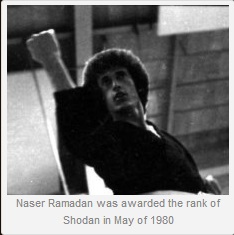 As part of the masters degree requirements in Physical Education at the University of Wyoming, Sensei Jensen completed a thesis entitled: Curriculum Content for Introductory Karate Courses in Physical Education at Selected Four Year Colleges and Universities in the United States.
As part of the masters degree requirements in Physical Education at the University of Wyoming, Sensei Jensen completed a thesis entitled: Curriculum Content for Introductory Karate Courses in Physical Education at Selected Four Year Colleges and Universities in the United States.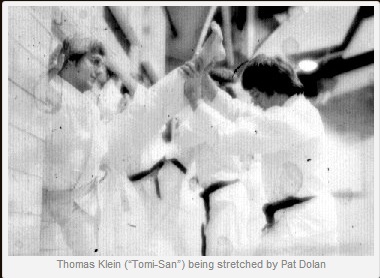 ginners signing up.
ginners signing up.